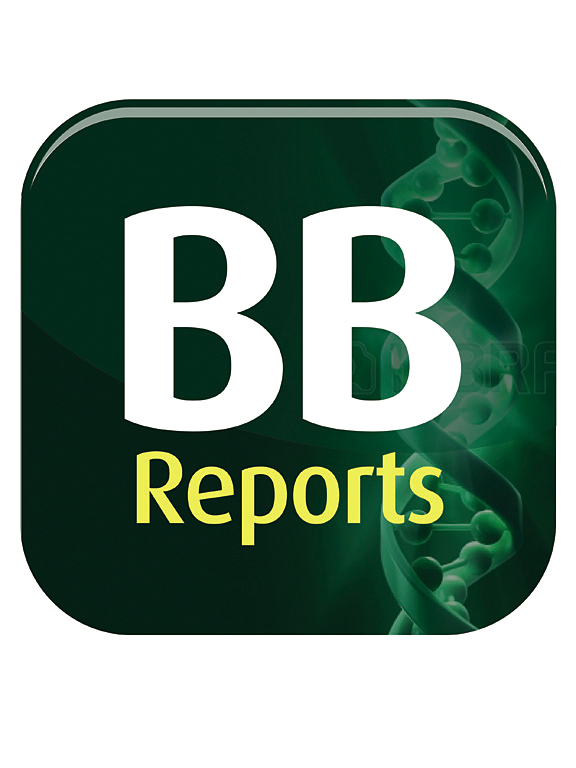Type 2 diabetes mellitus – conventional therapies and future perspectives in innovative treatment
IF 2.3
Q3 BIOCHEMISTRY & MOLECULAR BIOLOGY
引用次数: 0
Abstract
Type 2 Diabetes Mellitus (T2DM) is a chronic metabolic disorder characterized by insulin resistance and dysfunction of the pancreatic beta cells, which leads to elevated blood glucose levels. Conventional therapies, including metformin, sulfonylureas, and insulin, have long served as the cornerstone of treatment. However, they often face limitations, such as adverse effects, reduced efficacy over time, and difficulties in achieving optimal glycemic control. This has sparked considerable interest in developing novel and experimental therapeutic strategies to enhance treatment outcomes. Recent advances in diabetes management feature dual incretin receptor agonists, like tirzepatide, which combine GLP-1 and GIP receptor agonism, resulting in increased insulin secretion, decreased glucagon release, and significant weight loss. Additionally, dual SGLT1/2 inhibitors, such as sotagliflozin, show promise for more significant blood glucose reduction and improved weight loss by targeting glucose regulation in both the gut and kidneys. Other promising methods include glucagon receptor antagonists, GPR119 agonists, and FGF21 analogs, which strive to enhance insulin sensitivity and improve glucose metabolism through innovative pathways. Gene editing technologies, including CRISPR-Cas9 and AMPK activators, are also being investigated to tackle the underlying pathophysiology of T2DM more effectively. While these experimental therapies show promise, their long-term safety and efficacy remain under research. This article reviews the conventional therapies currently in use. It investigates future perspectives on innovative treatments for T2DM, emphasizing the potential of these new therapies to transform diabetes care and enhance patient outcomes.

2型糖尿病-传统治疗方法和创新治疗的未来展望
2型糖尿病(T2DM)是一种以胰岛素抵抗和胰腺β细胞功能障碍为特征的慢性代谢紊乱,导致血糖水平升高。传统疗法,包括二甲双胍、磺脲类药物和胰岛素,长期以来一直是治疗的基石。然而,它们经常面临局限性,如不良反应,随着时间的推移疗效降低,以及难以达到最佳血糖控制。这引发了相当大的兴趣,开发新的和实验性的治疗策略,以提高治疗效果。糖尿病治疗的最新进展是双重肠促胰岛素受体激动剂,如替西肽,结合GLP-1和GIP受体激动作用,导致胰岛素分泌增加,胰高血糖素释放减少,体重明显减轻。此外,双SGLT1/2抑制剂,如sotagliflozin,通过靶向肠道和肾脏的葡萄糖调节,显示出更显著的血糖降低和改善体重减轻的希望。其他有前景的方法包括胰高血糖素受体拮抗剂、GPR119激动剂和FGF21类似物,它们致力于通过创新途径提高胰岛素敏感性和改善葡萄糖代谢。基因编辑技术,包括CRISPR-Cas9和AMPK激活剂,也正在研究中,以更有效地解决T2DM的潜在病理生理问题。虽然这些实验性疗法显示出希望,但它们的长期安全性和有效性仍有待研究。本文综述了目前常用的常规治疗方法。它探讨了2型糖尿病创新治疗的未来前景,强调了这些新疗法改变糖尿病护理和提高患者预后的潜力。
本文章由计算机程序翻译,如有差异,请以英文原文为准。
求助全文
约1分钟内获得全文
求助全文
来源期刊

Biochemistry and Biophysics Reports
Biochemistry, Genetics and Molecular Biology-Biophysics
CiteScore
4.60
自引率
0.00%
发文量
191
审稿时长
59 days
期刊介绍:
Open access, online only, peer-reviewed international journal in the Life Sciences, established in 2014 Biochemistry and Biophysics Reports (BB Reports) publishes original research in all aspects of Biochemistry, Biophysics and related areas like Molecular and Cell Biology. BB Reports welcomes solid though more preliminary, descriptive and small scale results if they have the potential to stimulate and/or contribute to future research, leading to new insights or hypothesis. Primary criteria for acceptance is that the work is original, scientifically and technically sound and provides valuable knowledge to life sciences research. We strongly believe all results deserve to be published and documented for the advancement of science. BB Reports specifically appreciates receiving reports on: Negative results, Replication studies, Reanalysis of previous datasets.
 求助内容:
求助内容: 应助结果提醒方式:
应助结果提醒方式:


